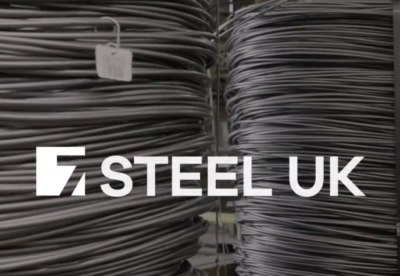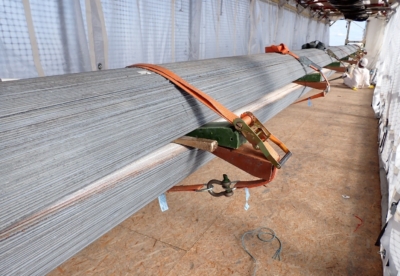Researchers at Loughborough University have now issued a guide for construction companies about how to minimise the dangers.
Nanotechnologies manipulate materials atom by atom.
Estimates suggest that by 2025 up to half of new building materials might contain nanomaterials.
But scientists fear that the tiny particles and fibres could pose health risks similar to asbestos if they float freely in the environment and are inhaled.
The research has been sponsored by the Institution of Occupational Safety and Health in a bid to improve industry understanding of the potential dangers.
Project lead Dr Wendy Jones said: “The team found that nanomaterials are used primarily in surface coatings, concrete, window glass, insulation and steel in different ways and to differing extents.
“Some nanomaterials, such as certain types of carbon nanotube (CNT), are reported as potentially harmful, but these do not currently seem to be in common usage in the UK.
“In terms of risk, even problematic nanomaterials such as long, straight CNTs will not be hazardous as long as they are embedded in a solid, stable structure.
“Risk only arises if workers are exposed to certain nanoparticles or nanofibres in the form of dusts or aerosols; this might occur during construction or demolition activities.”
Vanessa Harwood-Whitcher, IOSH’s Director of Professional Services, said: “It’s vital that industry works together in sharing information about nanomaterials used in products more effectively.
“Steps such as this will help increase our knowledge and make a real difference in improving occupational safety and health practice.”
For a full copy pf the report click here





.gif)















































 (300 x 250 px).jpg)
